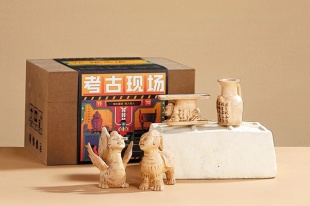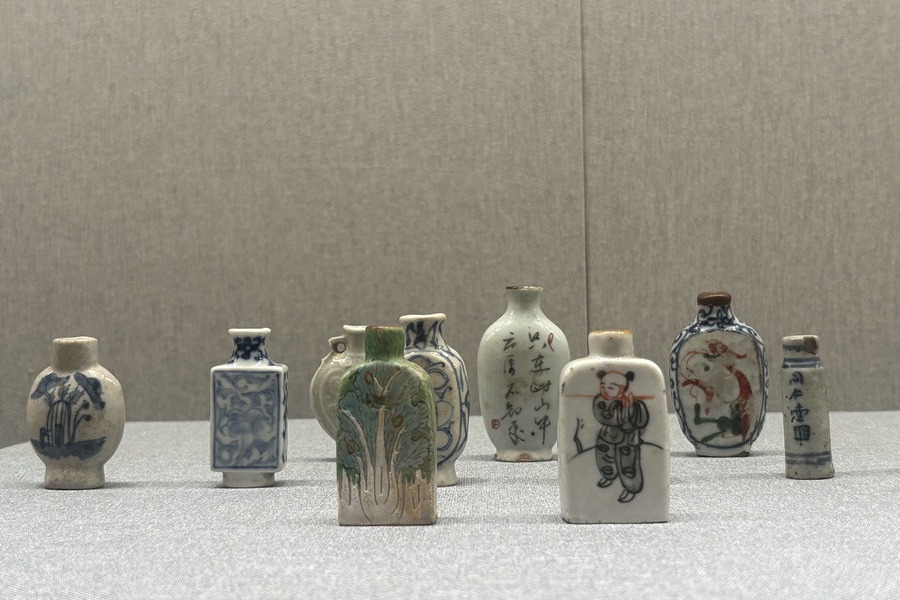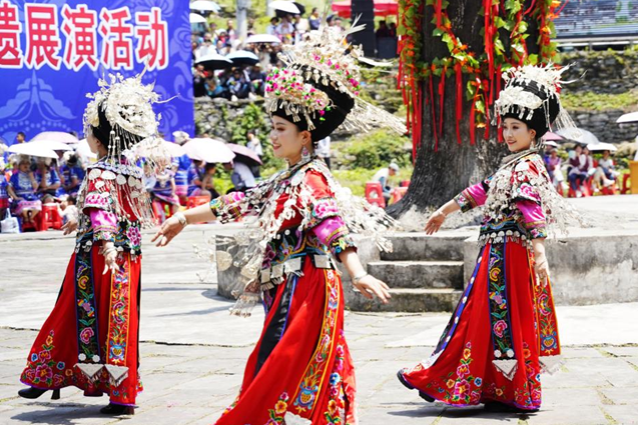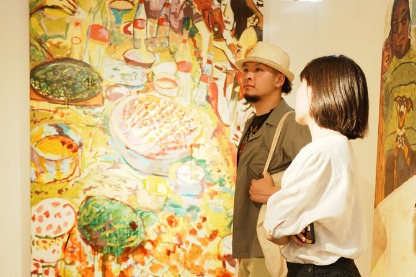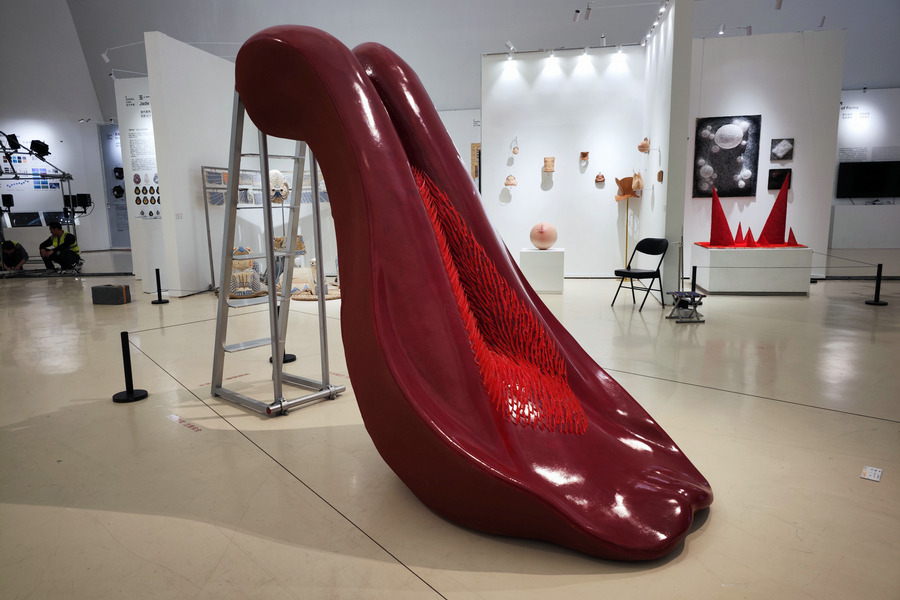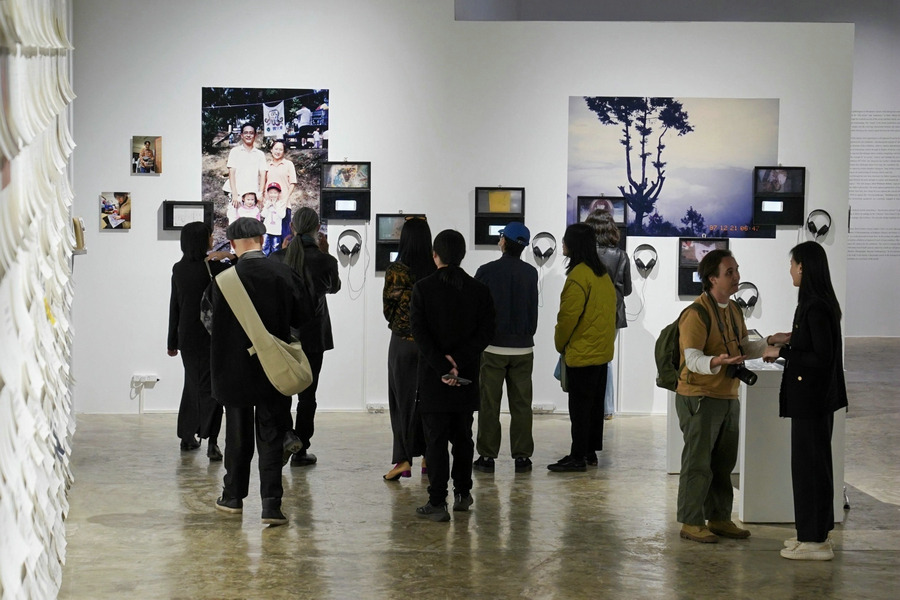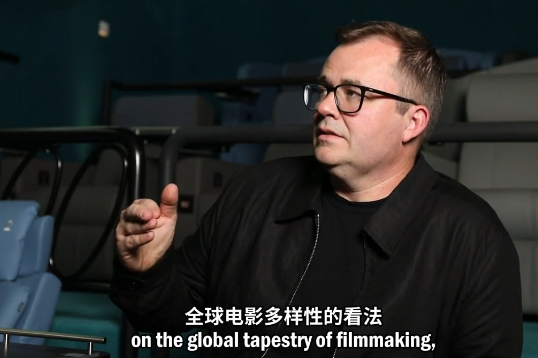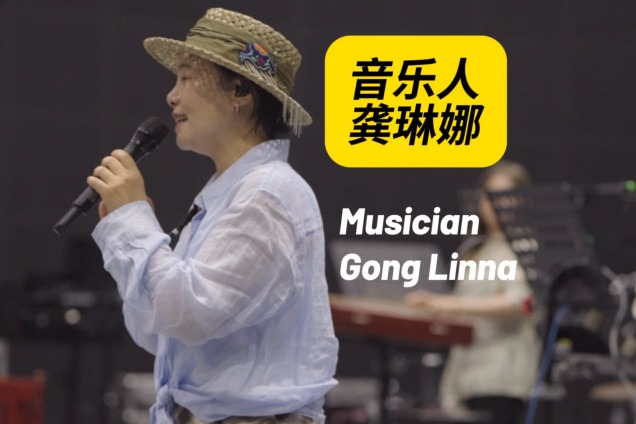Discovering a visionary product with archaeological blind boxes
Chinese museum products are in hot demand amid surge in cultural appreciation, Deng Zhangyu reports.


When Li Xia and her 10-year-old son visited Shenzhen Museum in May, her son was attracted by an archaeological blind box that allows people to dig up the earth piece by piece and find their own treasures. The boy asked her mother to buy the blind box online as his birthday gift to experience the "excitement of being an archaeologist".
"My boy spent a night digging up the box to turn himself into an 'archaeologist'. He was so interested in the treasures hidden in it that he asked me to take him to visit the museum that produced the box later," says Li.
The blind box that replicates archaeological digs is a star product designed by Hunan Museum in Changsha, Hunan province. Since its launch in 2021, it has become the most popular item at the museum's online store. According to Zhang Lin, designer of the dig box, more than 50,000 such boxes have been sold on Taobao, a leading online platform.
"It offers a joyful way to re-create the experience of how archaeologists work on excavation sites. Most buyers are young people and children," says Zhang.
With tools such as Luoyang shovels (an item often used at archaeological sites to take earth samples in China), brushes and gloves, people can follow the same steps as archaeologists do to find out their own treasures. The most interesting part lies in the unknown journey to discover what kind of treasure people would finally be digging out.
All the archaeological discoveries are designed in a series of blind boxes. The treasures are small-sized replicas of cultural relics selected from Hunan Museum's collections, such as bronze ware from the Shang Dynasty (c. 16th century-11th century BC), a pottery incense burner from the Han Dynasty (206 BC-AD 220) and a terracotta figurine from the Tang Dynasty (618-907).


